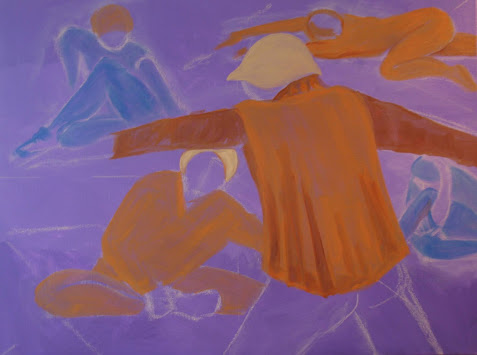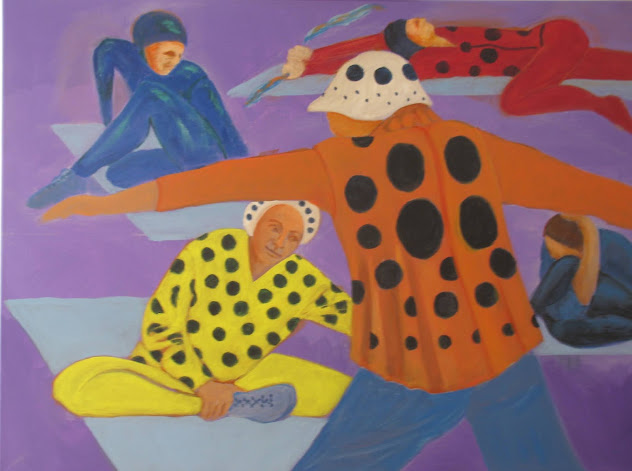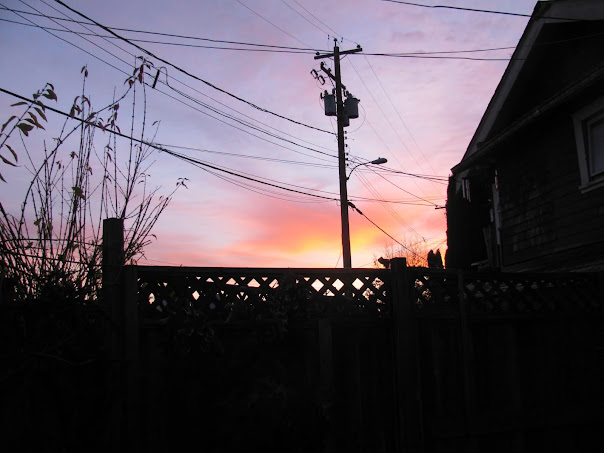"This is unprecedented!" How many times did we say and hear that expression in 2021? And as I try to post, the year is not yet over.
So here's the thing. Some kind of on-line surveillance thing detected some spots in the image I tried to post.
They're claiming that I'm claiming that it's part of the Beetlemania series – and that the Beetle Beings have not authorized its posting. This is unprecedented!
Well, it isn't part of the series, and I never said it was. And furthermore, the Beetle Beings are not authorized to direct traffic on this blog. (Does this sound like the kind of intense but non-sensical communication that's happening at airline flight counters and border crossings these days?)
"Prove it," said the Cyber-guy. "Fine," I said, and I showed him the results of that handy on-line security test:

"Not convinced," said Cyber. (Hey, bet you didn't know that the prefix cyber- comes from ancient Greek and picks up some credentials along the way to the internet era):
"In ancient Greek kubernao meant "steer a ship" and kubernetes was a steersman. Homer tells how the gods smote Odysseus's ship, so that the toppling mast crushed the steersman's head (kuberneteo kephalen).
The normal Latin transliteration of kubernetes gives us "cybernetes" - though practical seafaring Romans worried less about the rules and turned kubernao into guberno, from which we get "govern".
Plato used "kubernetika" to mean skill in steering, and in the 1940s the American mathematician, Norbert Wiener, derived from it "cybernetics" to mean "control and communication theory, whether in the machine or in the animal".
Back to this Cyber-guy who's trying to steer my ship. I put the image through a second verification test (that *maddening* grid that leads to teeth-grinding) and "checked all the boxes that did NOT contain a beetle image."
"Does not compute," he replied, reverting to 1990's lingo. (Auld Lang Syne)
Enough of this. I have important things to do on this New Year's Eve. There's my careful ration of Christmas cake, and a tantalizing sample of "70% Cardamom Galiano Chocolate" – and a celebratory glass (or two) of Pernod. OOOoooooh. At least I know that the Cyber-guy was not ransomware, or he'd be headed for the good stuff!
I'll deal with this issue in 2022. Meanwhile, rest assured that the Beetle Beings are safe and sound, with one more cohort to emerge in 2022. Thanks to the Gramma of that sweet little girl in her Halloween ladybug cape, we can demonstrate that the Beetles have been many-times-quadruple-vacced – and they're good to go anywhere they please in the year ahead!
















































